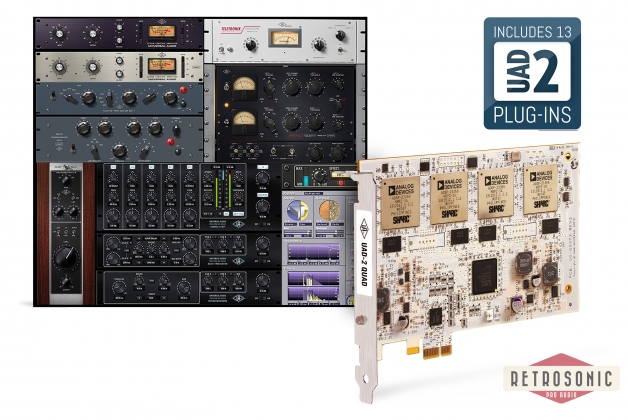

- #Crane song phoenix ii demo how to
- #Crane song phoenix ii demo full
- #Crane song phoenix ii demo license
These small vibrational perturbations were all but eliminated from tape machines by the 80's, with their amplitudes contributing less than hundredth of one percent of the overall sound in the recording.īut remember what I said about fourth, fifth, and tenth generational recordings? It starts to stack up when you have a copy of a copy of a copy.

Then you'd make a drum stem that combined all of your drums together, for instance.īy the time you combined all of the instruments and takes into one master recording, you've gone through tons of generations of tape.

When you'd mix, you'd play all of those pieces of tape back, run them through the various pieces of outboard equipment, and then record them again back to tape to save your work.Īfter a bit of work, you'd have each instrument on second or third generation tape. Sure, all of the other analogue gear and tubes and other stuff might contribute some, but here's the real deal.īack when we would record on reel-to-reel tape (and could afford the tape!) we would record every instrument to a different track on a different piece of tape. That "warmth" everyone is hunting for entirely comes from tape saturation.
#Crane song phoenix ii demo how to
You don't have to spend a single dollar to achieve this affect, although you might get better results if you spring for a nicer option.Īll you need to do is know what it is you're dealing with and how to properly use it. Most of them just need reasons to justify tinkering and spending money on their passions and hobbies. "If I change this tube for that one and then solder in a different transistor and use active electronics instead of passive, maybe then I'll get that sound." People start experimenting with their gain staging, headroom, and all kinds of things to emulate the good old days.ĭon't fear. There's an entire crowd of amateur recording engineers and mix artists out there paying obscene prices for outdated technology, modding their current microphones, EQ's, and compressors, and all kinds of other shenanigans. We're going to clear up all the murky waters right now. This is when plugin companies began creating all types of simulation plugins to fill this void in the listener's hearts.īut even among professionals there's still tons of confusion about what saturation plugins do, which are the best, and how to use them effectively. Quality climbed higher and higher, yet something was missing.Ī sense of life that we were used to hearing was gone. The race to emulate recording to tape began soon after recording and mixing engineers began to move further and further into the digital domain.

The truth of the matter all boils down to one thing: tape saturation. They'll say it has to do with "analog warmth" from using tube electronics and outboard studio equipment. People attribute it to transfers being made from needles and records to digital. There's a lot of myth and mistake to be found online when you start searching for the answer to this mystery. Even audiophiles have a difficulty nailing down just what that subtle feeling is that separates the new from old. There is definitely a difference but it's hard to put your finger on it. PHOENIX II is an AAX plug-in for native and DSP that is designed to put analogue colour into the digital domain by increasing apparent loudness without increasing gain (e.g., by modelling analogue tape compression).Lots of listeners hear older recordings and realize that something sounds different than the new crystal clear, extremely sterilized, computerized recordings of today.
#Crane song phoenix ii demo license
Designed in the U.S.A Visit here and get a free demo license.
#Crane song phoenix ii demo full


 0 kommentar(er)
0 kommentar(er)
